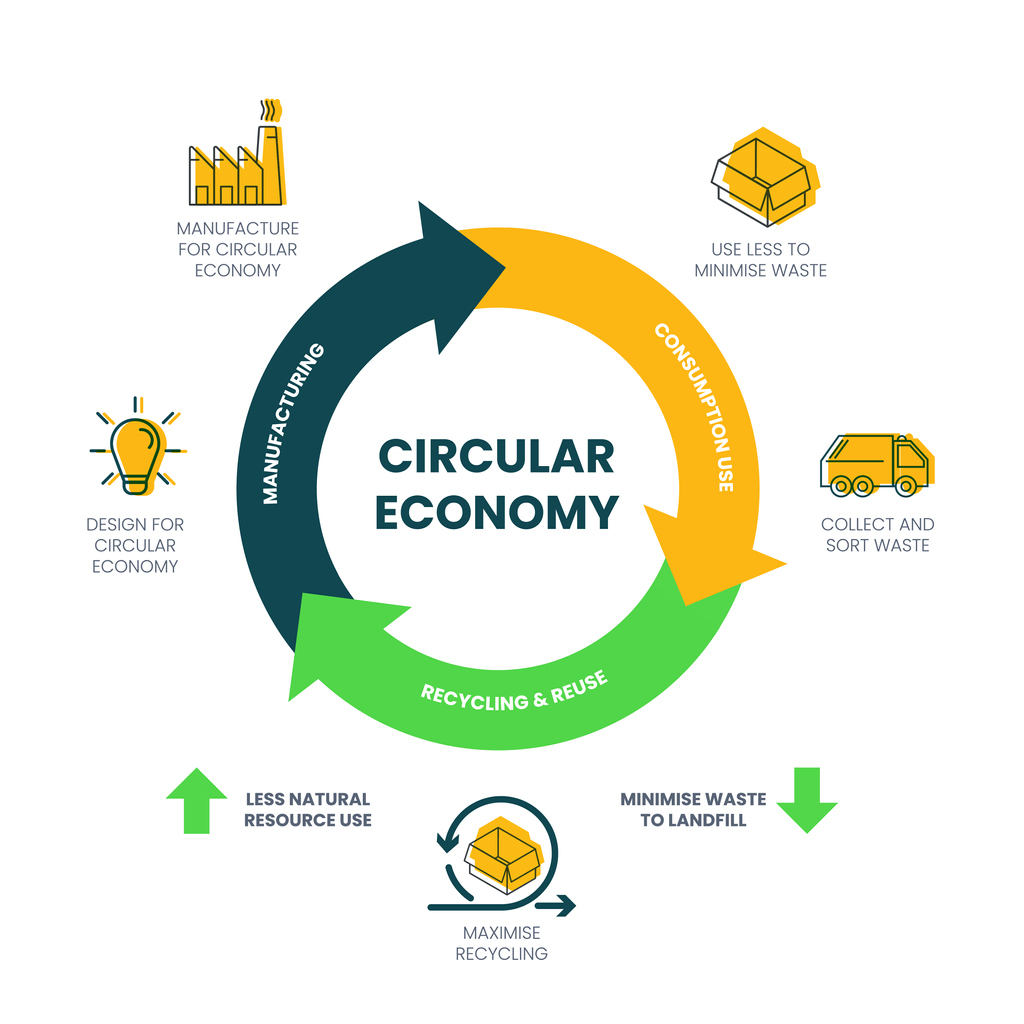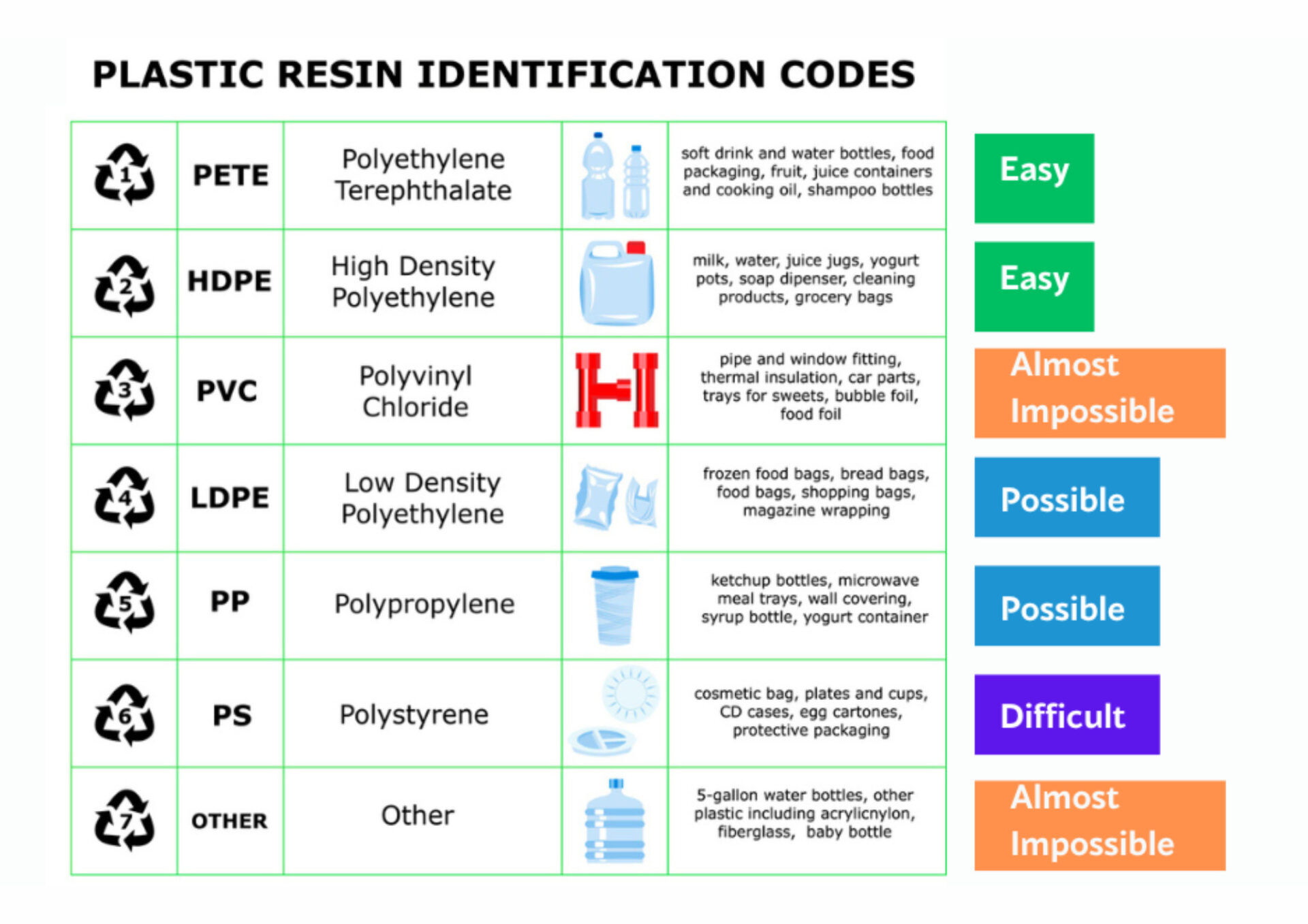Leading recycling programs: A journey towards sustainability
Recycling is a critical pillar in preserving our environment within the vast landscape of waste management. Humans generate a stunning over 2 billion tonnes of waste yearly according to The World Bank, yet only a tiny percentage of this undergoes recycling. This global challenge calls for concerted efforts to extend the lifecycle of resources by using the recycling programs operated in many countries, mitigating waste contamination around the world.
Australia is a leader in environmental administration and known for its recycling programs. The country has established robust recycling programs and innovative centres dedicated to converting used materials into new products. Actions like this reduce the strain on landfill and conserve natural resources, underscoring Australia’s commitment to a sustainable future.
Join us as we explore recycling — a simple yet powerful activity that contributes to the health of our planet. In this blog, we’ll uncover the mechanics and benefits of recycling and the major recycling programs in Australia, setting a precedent for nations worldwide.
The environmental impact of recycling programs: Beyond the bin
Recycling does much more than reduce trash. It has a ripple effect on our environment and economy, creating what’s known as a circular economy. Here’s how you can be part:
Conserving natural resources: By recycling, we use less new material. This means fewer trees are cut down for paper and less mining for metals.
Saving energy: Making products from recycled materials often uses less energy than making them from new materials.
Reducing greenhouse gases: Less energy means fewer emissions. Recycling helps combat climate change by reducing the greenhouse gases released from landfills and production processes.
The circular economy aims to keep products and materials in use for as long as possible, extracting the maximum value and then recovering and regenerating products at the end of their life. It’s about a sustainable future where every recycled item contributes to the health of our planet.

How to be part of the recycling process and help recycling programs
Recycling is a process where we take used materials and turn them into new products. Everyone plays a significant role in recycling by sorting out the rubbish at home; then, recycling centres take it to the finish line by making something new. Here’s how we can all be part and contribute to recycling programs in Australia:
1. Learn what to recycle:
Start by determining which items can be recycled. Common recyclable materials include paper, cardboard, glass bottles, metal cans, and certain plastics.
2. Sort your waste:
Keep separate bins at home for recyclables and non-recyclables. It helps ensure that the right stuff gets to the recycling centre, and everything is clear.
3. Clean them up:
Give your recyclables a quick rinse. No need for them to be spotless, just clean enough that they don’t have food or liquid left in them.
4. Drop them off at a recycling centre:
Take the sorted and cleaned recyclables to local recycling bins or centres.
Knowing what goes where: Recycling smart.
It’s important to know which items are in the recycling line-up. Here’s a quick simple guide to understand the overall picture, explaining which materials are suitable for recycling. This helps the current recycling programs:
📄 Paper: This includes newspapers, books, and even those homework assignments you completed! Just make sure they’re not stained with food or oil.
🧴 Plastics: Look for recycling symbols with numbers 1 through 7. Water bottles and detergent containers are usually good to go.
🥂 Glass: Bottles and jars are easy for recycling. Remember, colour doesn’t matter, but remove any lids or caps.
🔩 Metals: Aluminium cans, tin cans, and foil are all recyclable. If a magnet sticks to it, it’s probably not aluminium and might need a different recycling route.
📦 Cardboard: From cereal boxes to shipping packages, if they’re clean and dry, they’re ready to put in the recycling bin.
These materials are often suitable for a new life many times over, reducing the need to extract new resources from the Earth. By recycling these items correctly, you’re not just clearing out the clutter at home; you’re joining a nationwide effort to keep Australia beautiful.

Recognised recycling programs in Australia
Recycling is not just good for the Earth — it can also be good for your pocket! Australia has devised a clever way to say ‘thanks’ for recycling: they pay you for it! The Container Deposit Scheme is one of the most extensive recycling programs.
Container Deposit Scheme (CDS):
How it Works: Bring your eligible containers to a collection point and receive 10 cents per item. It’s that easy!
Eligible containers: Most drink containers between 150ml and 3 litres are included. The scheme covers a wide range from water bottles (plastic or glass) to beer cans.
Finding a recycling centre: There are many places to take your containers. You can find reverse vending machine, over-the-counter sites, or automated depots. The CDS is available in all states and territories.
Planet Ark Environmental Foundation is an Australian not-for-profit organisation that aims to help individuals, communities, governments, and businesses reduce their environmental impact.
Check the Recycling Near You – Planet Ark website to check recycling collection points near you (by state) and what is covered and not covered by the scheme.
Since its introduction, the CDS has become a recycling superstar. In South Australia, where the scheme has been in place the longest, over 600 million containers are collected yearly.
The CDS isn’t just about getting cash back. It’s about taking care of our environment. The program helps keep streets, parks, and waterways free from litter. It’s a simple action with a huge positive impact: reducing waste, saving energy, and reducing greenhouse gas emissions.
National Television and Computer Recycling Scheme (NTCRS)
Established in 2011, this is a pivotal recycling program to provide Australian households with access to services for collecting and recycling old televisions, computers, and related equipment. The NTCRS is available in all states and territories.
Battery Back Recycling Programme
This scheme addresses the urgent need to reduce the number of batteries ending up in landfill which pose serious environmental and health risks due to the hazardous materials they contain. The BatteryBack Recycling programme is available in all states and territories.
These schemes or recycling programs are a big win for the environment and for you to have a little extra money. They reduce litter and increase recycling rates by making it worth your while.
Where are these programs running? Programs are popping up all over Australia, with South Australia leading the way and other states like New South Wales, Queensland, and the Northern Territory following suit. Each state has its own way of doing things, but the goal is to make recycling easy and rewarding.
Recycling programs Tips
Handy recycling tips that can help ensure you’re doing good recycling work.
Know your local rules: Recycling guidelines can vary by location. Make sure you’re familiar with what your local recycling program accepts.
Clean it Up: Rinse out bottles, jars, and cans. Leftover food or liquid can contaminate other recyclables.
Sort it out: If your community requires sorting, separate your recyclables according to their categories.
Flatten cardboard boxes: Save space in your recycling bin by breaking down and flattening cardboard boxes.
Keep it loose: Don’t bag your recyclables in plastic bags, as these can cause problems at the sorting facility.
Check the plastic numbers: With plastics, look at the numbers inside the recycling symbol. They tell you the type of plastic and whether it’s recyclable in your area.
Recycle Electronics and Batteries Properly: Take them to designated drop-off locations or special collection events.
About Rocket Remit
Rocket Remit is the world’s fastest international money transfer service. Send money instantly to over 50 overseas countries at very competitive rates.
Use the country selector to choose the country and check the rate.
Click here for more information on how to send money using Rocket Remit.